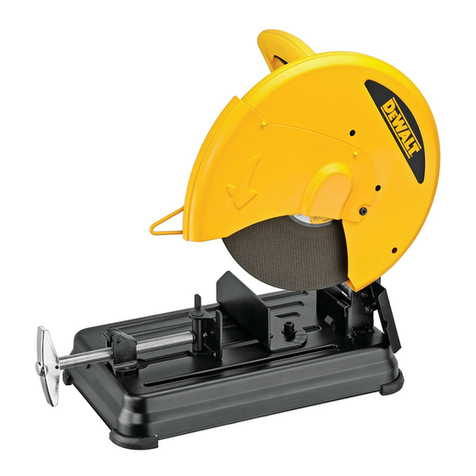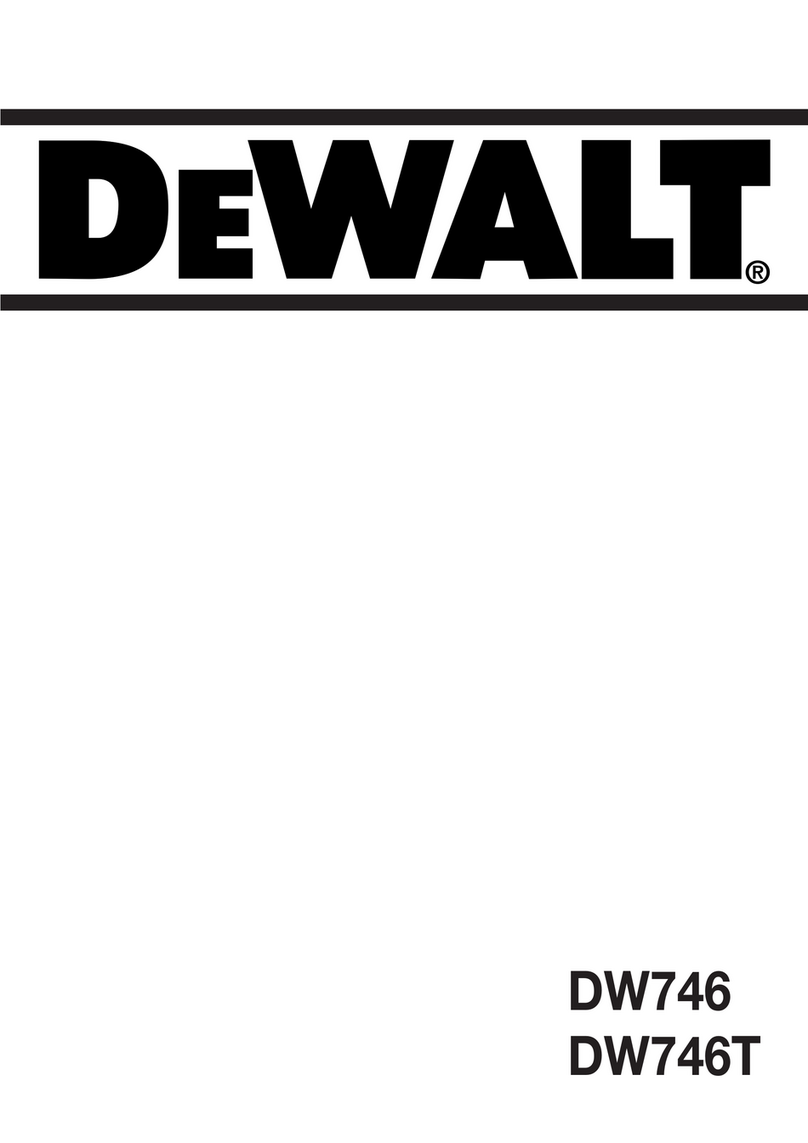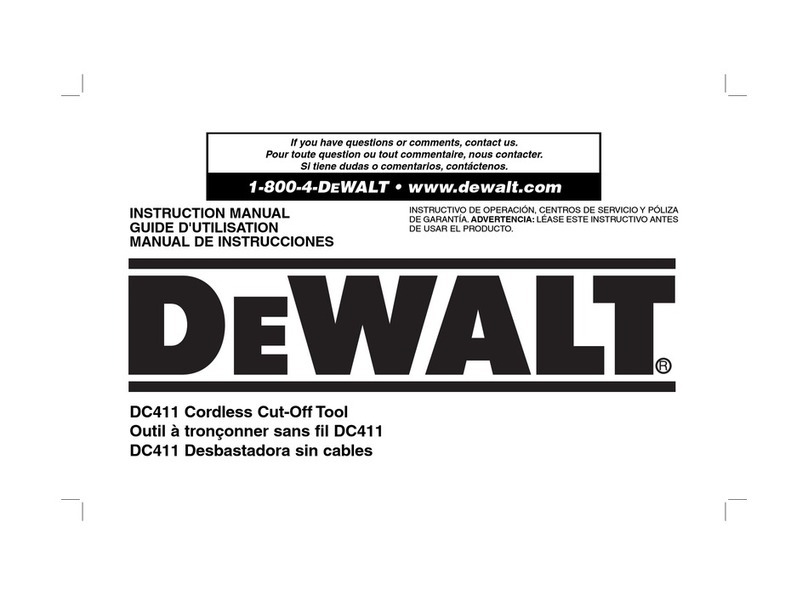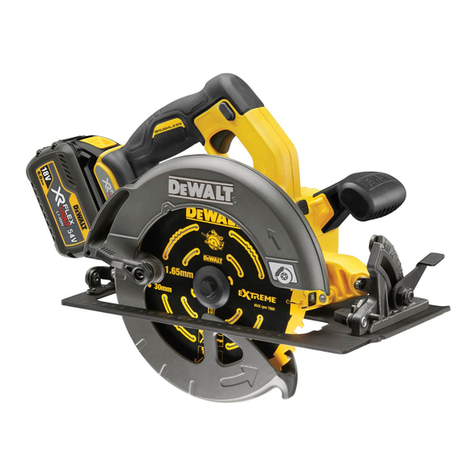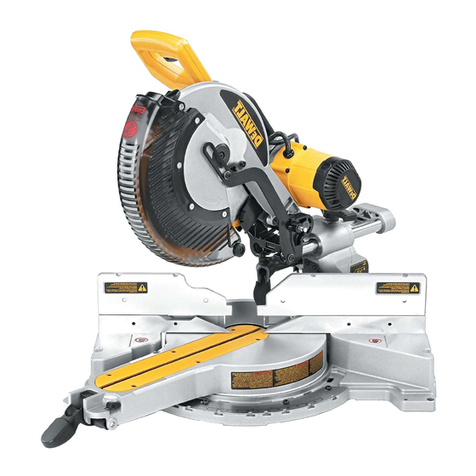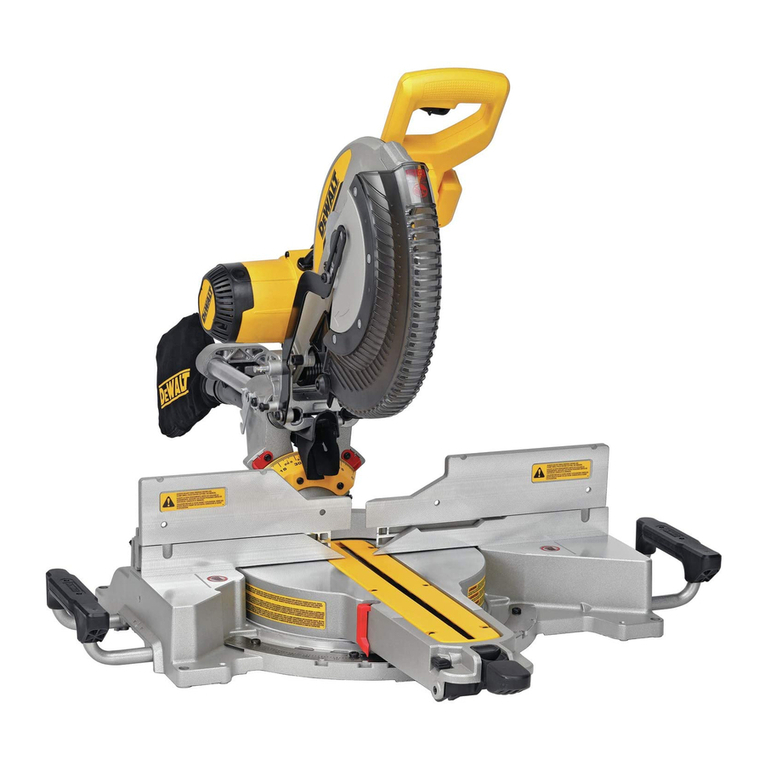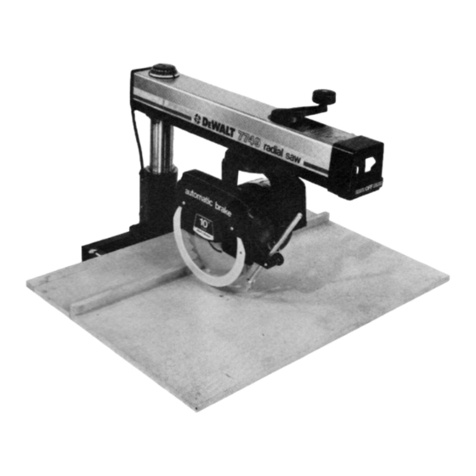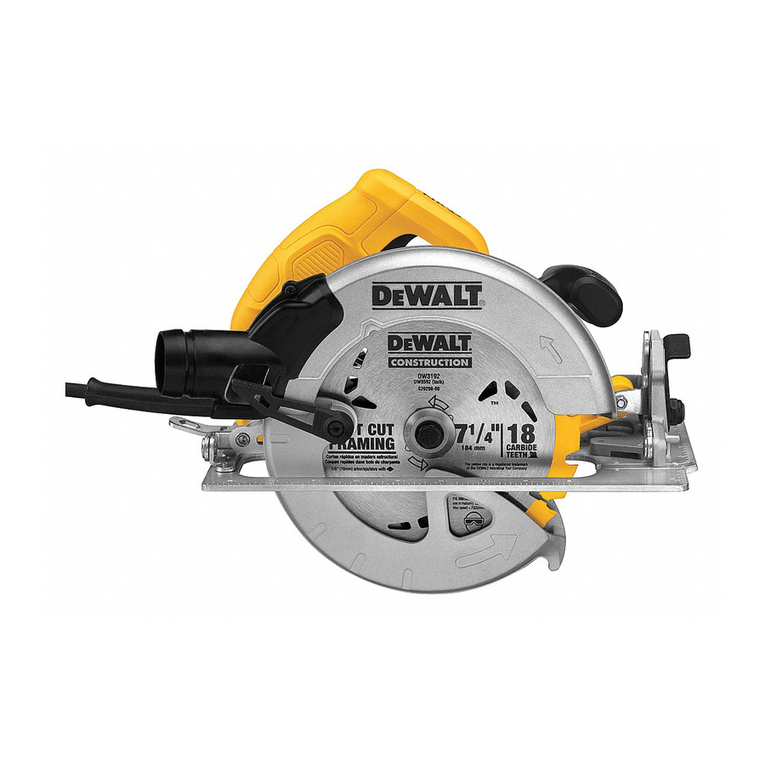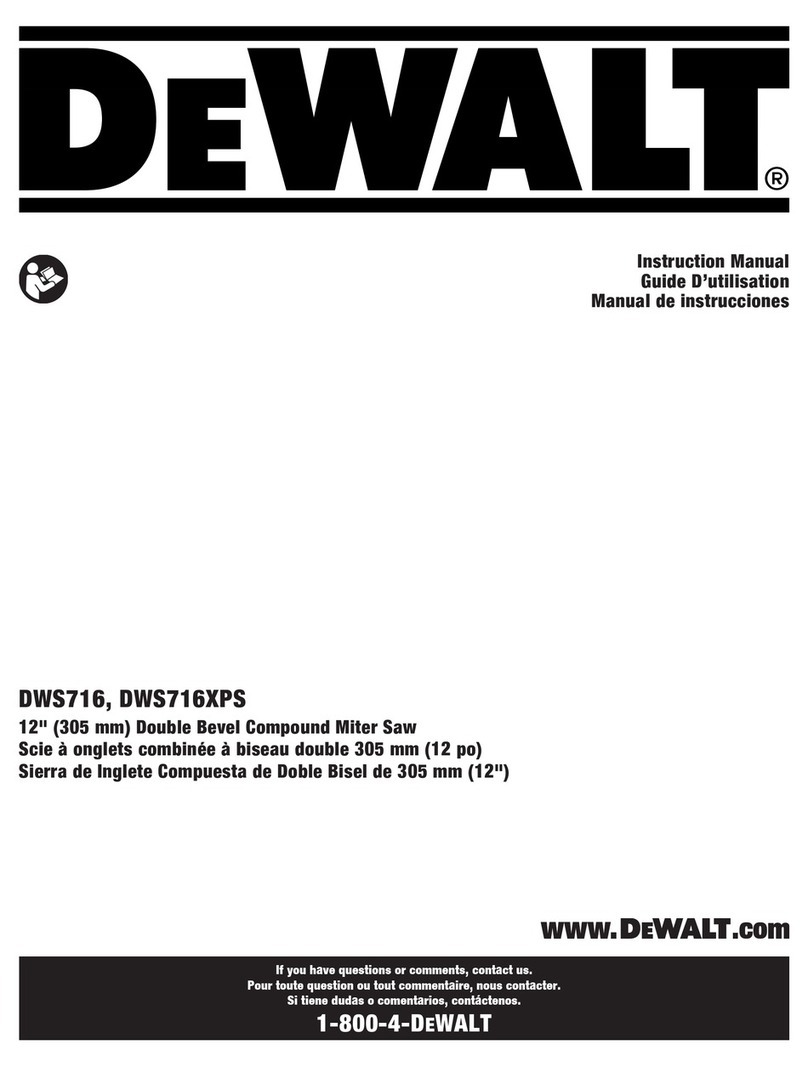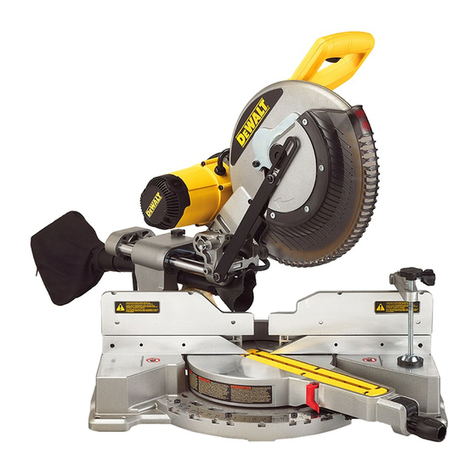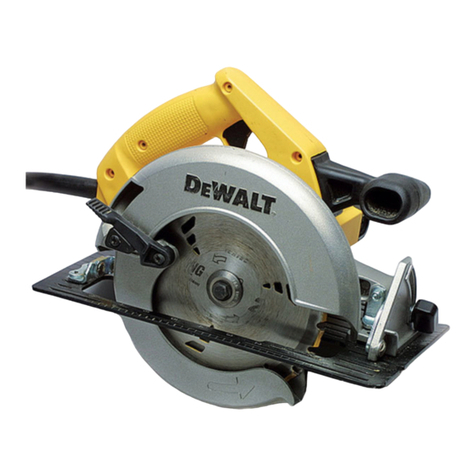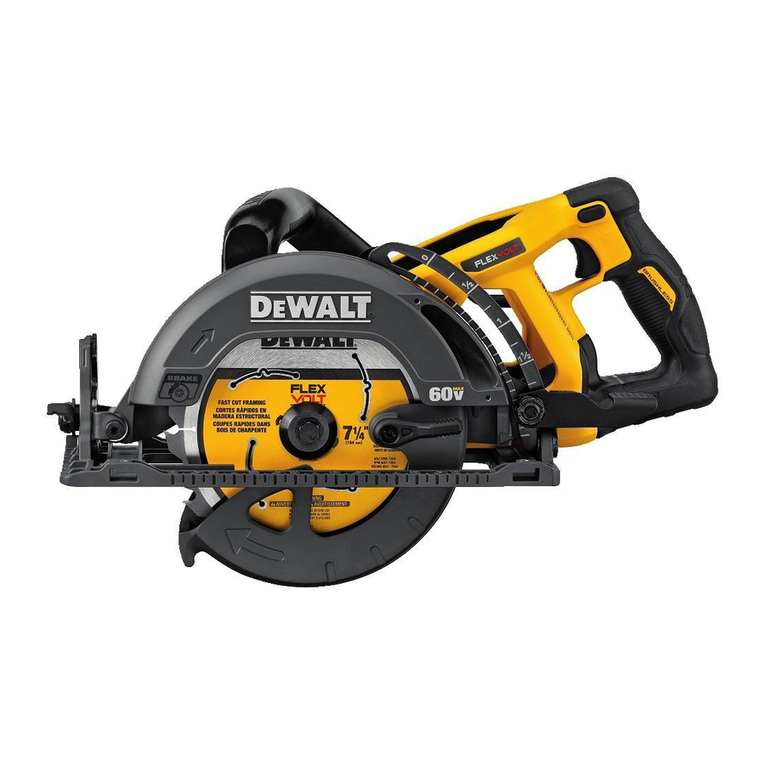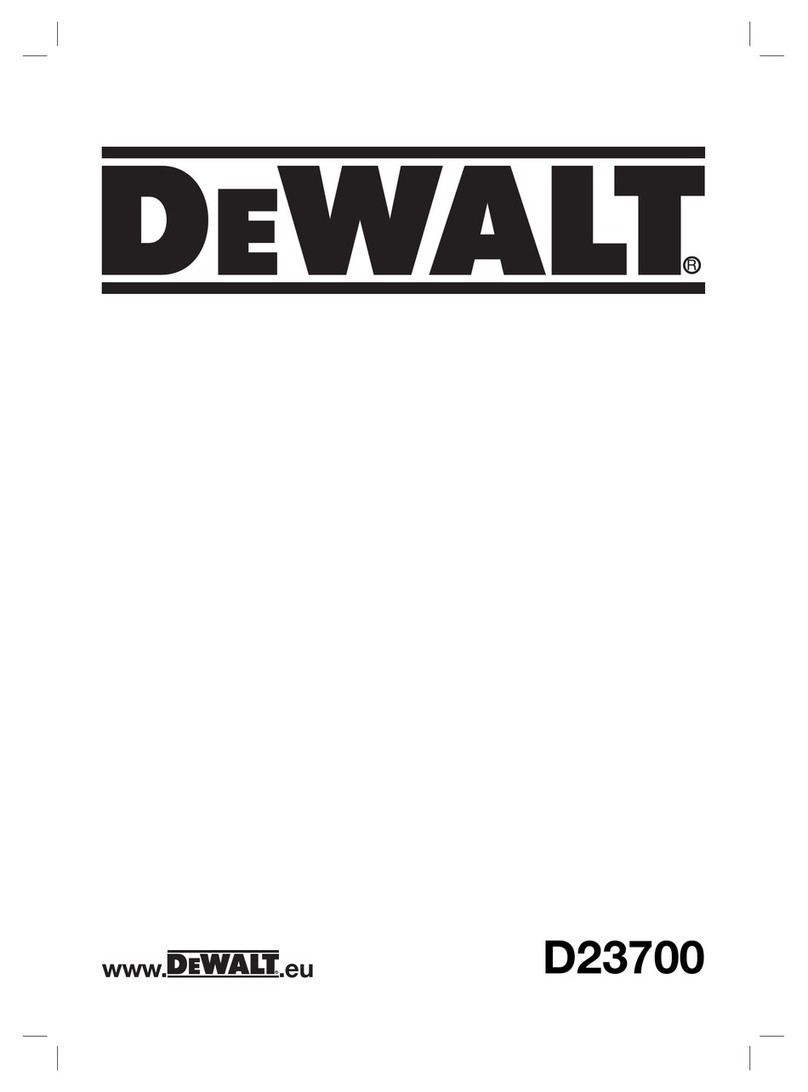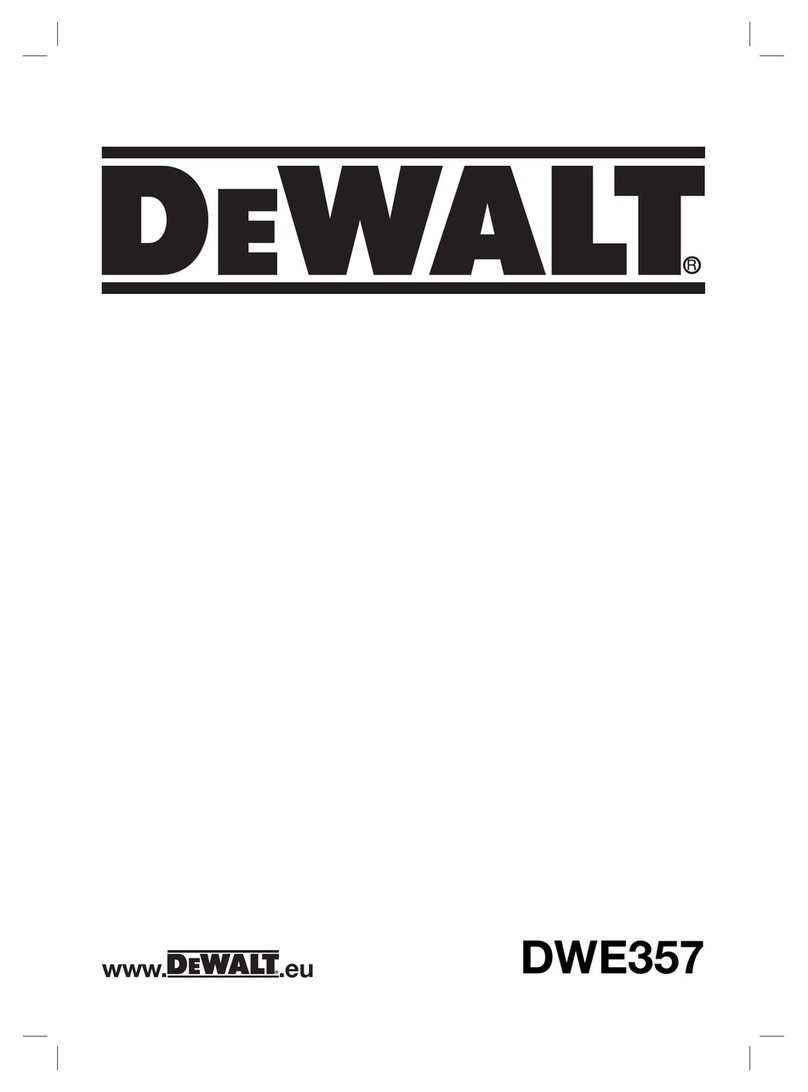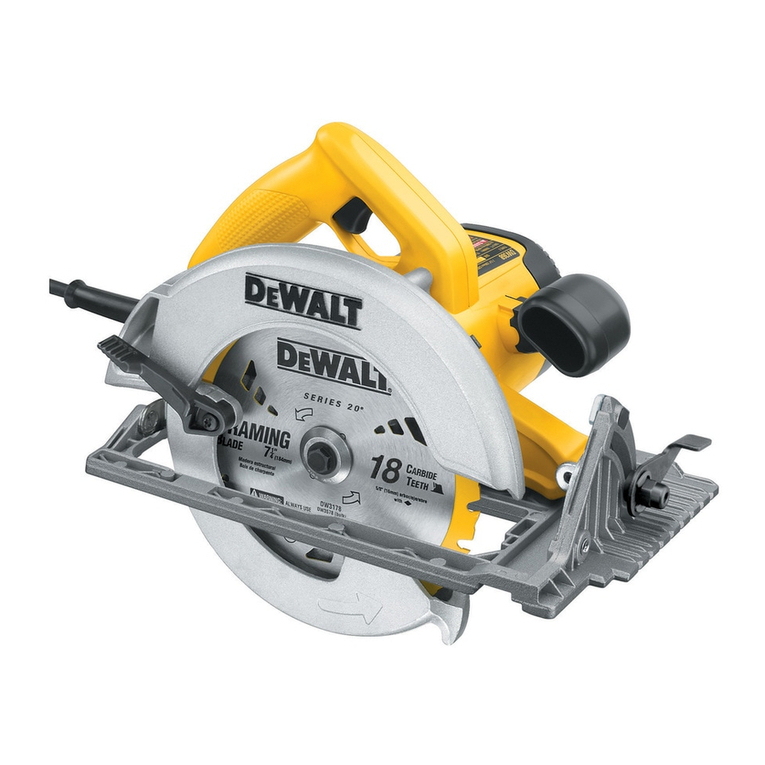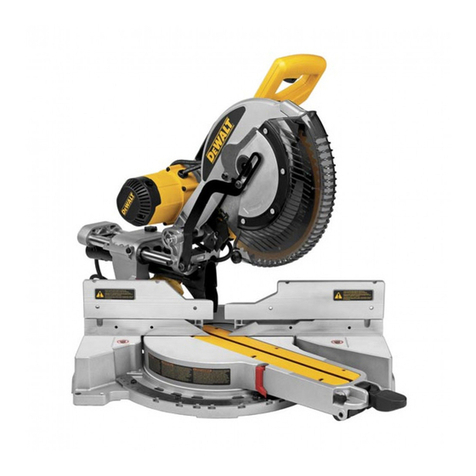
ELECTRICAL CONNECTIONS AND GROUNDING (con'rtrom p.3)
nected to an outlet having the same configuration as the
plug. No adapter is available or should be used with this
tool. If the tool must be reconnected for use on a different
typq g.f electric circuit, the reconnection should be made by
qualified service personnel; and after reconnection, thL
tool should comply with all local codes and ordinances.
c.
B.
The use of a separate 15 ampere circuit
for either 120 or 240 Volt operition.
mmurnfr!0b_
\l ol
/t-.-t
eilrm lft-i\ I
mm6 lUI
lrc$r I I
Irf 3 rf,tr*s
A. ImBdtul ffiB
D.
is recommended
RULES FOR SAFER OPERATION
OF STATIONARY POWER TOOLS
l. XEEP GUARDS IN PLACE and in working order.
2. REMOVE ADJUSTING XEYS AND WRENCHES. Form habit of
checking to see that keys and adjusting wrenches are removed from
tool before turning it on.
3. XEEP WORX AREA CLEAN. Cluttered areas and benches invite
accidents.
4. IX)N"T USE IN DANGEROUS ENVIRONMENT. Don't use power
tools in damp or wet locations, or expose them to rain. Keep work
area well lighted.
5. KEEP CHILDREN AWAY. All vistors should be k@t a safe
distance from work area.
6. MAXE WORXSHOP KID PROOF with padlocks, master switches,
or by removing starter keys.
7. DON'T FORCE TOOL. It will do the job better and be safer at the
rate for which it was designed.
8. USE RIGHT TOOL. Don't force tool or attachment to do a job for
which it was not designed.
9. WEAR PROPER APPAREL. No loose clothing, gloves, neckties,
rings, bracelets, or other jewelry to get caught in moving parts.
Nonslip footwear is recommended. Wear protective hair covering to
contain loirg hair.
10. ALWAYS USE SAFETY GLASSES. Also use face or dust mask if
cutting operation is dusty. Everyday eyeglasses only have impact
resistant lenses, they are NOT safety glasses.
ll. SECURE WORX. Use clamps or vise to hold work when practical.
It's safer than using your hand and it frees both hands to operate
tool.
12. DON'T OVERREACH. Keep proper footing and balance at all
times.
13. MAINTAIN TOOLS WTIH CARE. Keep tools sharp and clean for
best and safest performance. Follow instructions for lubricating and
changing accessories.
14. DISCONNECT TOOLS before servicing; when changing acccssories
such as blades, bits, cutters, etc.
15. REDUCE THE RISX OF UNINTENTIONAI STARTING. Make
sure switch is in off position before plugging in.
16. USE RECOMMENDED ACCESSORIES. Consult the owner's
manual for recommended accessories. The usc of imprope.r ac-
cessories may cause risk of injury to persons. Use of blades with
knock out inserts at the arbor hole may cause injury.
17. NEVER STAND ON TOOL. Serious injury could occur if the tool is
tipped or if the cutting tool is unintentionally contacted.
18. CHEICK DAMAGED PARTS. Before further use of the tool, a
guard or other part that is damaged should be carefully checked to
determine that it will operate properly and perform its intended
function-check for alignment of moving parts, binding of moving
parts, breakage of parts, mounting, and any other conditions that
may affect its operation. A guard or other part that is damaged
should be properly repaired or replaced.
19. DIRECTION OF FEED. Feed work into a blade or cutter against the
direction ofrotation ofthe blade or cutter only.
2O.NEVER LEAVE TOOL RUNNING UNAITENDED. TURN
POWER OFF. Don't leave tool until it comes to a complete stop.
21. ONE OPERATOR ONLY. The same person who pulls the saw
should position the work.
MAINTENANCE AND OPERATION
l. DO-Protect line with at least a l5 ampere time delay fuse.
2. DO-Be sure blade rotates clockwise when facing arbor.
3. DO-Be sure all clamp handles and thumb screws are tight before
starting any operation. Push handles back to tighten. Pull to loosen.
4. DO-Be sure blade and arbor collars are clean and recessed side of
collars are against blade. Tighten arbor nut securely, using both
wrenches provided. See Rule 16.
5. DO-Keep saw blade sharp and properly set.
6. DO-Use anti-kickback attachment on guard,
7. DO-Keep arm tracks and bearing surfaces clean and dry. Periodic
cleaning with dry cleaner is recommended.
8, DO-Periodically rocheck alignment.
9. DO-Remove blade but not arbor collars and nut when using rear
shaft. Tighten nut securely.
10. DO-Keep motor air slots clean and free of chips.
ll. DO-Remove switch key and store in a safe place to prevent
unauthorized operation.
12. DO-Use lower guard at all times.
13. DO-Retum carriage to full rear after each operation. A return reel is
available.
l. DON'T-Attempt to operate on anything but designated voltage.
2. DON'T-Operate unless all clamp handles are tight.
3. DON'T-Use blades of larger diameter than recommended.
4. DON'T-Remove anti-kickback from guard. Adjust it to just clear
the workpiece when crosscutting.
5. DON'T-Rip from wrong direction-observe caution tag on guard.
6. DON'T-OiI or grease arm tracks or motor.
7. DON'T-Wedge anything against fan to hold motor shaft.
8. DON'T-Subject table top to variable humidity conditions (keep
away from dampness.)
9. DON'T-Force cutting action. Stalling or partial stalling of motor
can cause major damage to motor winding.
10. DON'T-Remove saw blade guard when boring.
ll. DON'T-Remove arbor collars and nut when using rear shaft.
Tighten nut securely.
12. DON'T-Remove ground prong from plug. Never operate saw unless
it is properly grounded.
13. DON'T-Remove small scraps from table with fingers.
The lower bhde guard covers thc side of the teeth when the blade is
behind the fence. READ THE FOLLOWING PRECAUTIONS.
CAUTIONS TO FOLLOW WHEN USING LOWER
GUARD:
l. The lower blade guard will provide additional protection from
contact with the side of the blade-BuT NoT FROM CoNTACT
WITH THEFRONTORREAR OFTHE BLADE,
When the lower guard touches the fence or material being cut, it will
rise up over the material-thus exposing the blade teeth. Be careful,
keep your hands out of the line of cut!
2. Lower blade guards may become caught in prior kerfs in the fence or
table. Replace guide fence frequently.
3. Short cut-off pieces of wood may become caught between the lower
guard and the blade. If this happens shut off power; wait until blade
stops before removal of piece.
4. The lower blade guards effectiveness is limited in bevel operations. It
may have to be raised out of the way when setting bevel angle to pre-
vent bending. BE SURE THAT POWER IS OFF AND BLADE IS
COMPLETELY STOPPED BEFORE MAKING AT.IY ADJUST-
MENT.
5. Catching the lower guard in saw kerfs when changing the saw set-up
can bc avoided by elevating the saw until the bottom of the guard
clears the fence.
6. When ripping narrow strips, the lower guard may have to be raised to
rest on top of the fence. Be sure to use a pusher stick to feed the work.
7. Do not use the lower guard with any accessory other thart the correct
size saw blade.
8. To summarize, when in doubt about whether to use the lower guard
and when practical, make a "dry run" with power off to determine if
it is a help or hindrance.
MOTOR OVERLOAD PROTECTION
Your Sa\y Motor is equipped with a manual-reset type overload protector.
If the protector 'rtrips" and stops the motor, take the following steps:
l. Press the saw "OFF" switch button and allow the motor to cool.
2. After motor has cooled, the overload protector may be reset by firmly
pressing the red reset button. If you do not hear an audible..click",
the motor must be allowed to cool further before attempting the
reset,
3. After the reset is accomplished, the saw may be started by pushing the
"ON" button.
